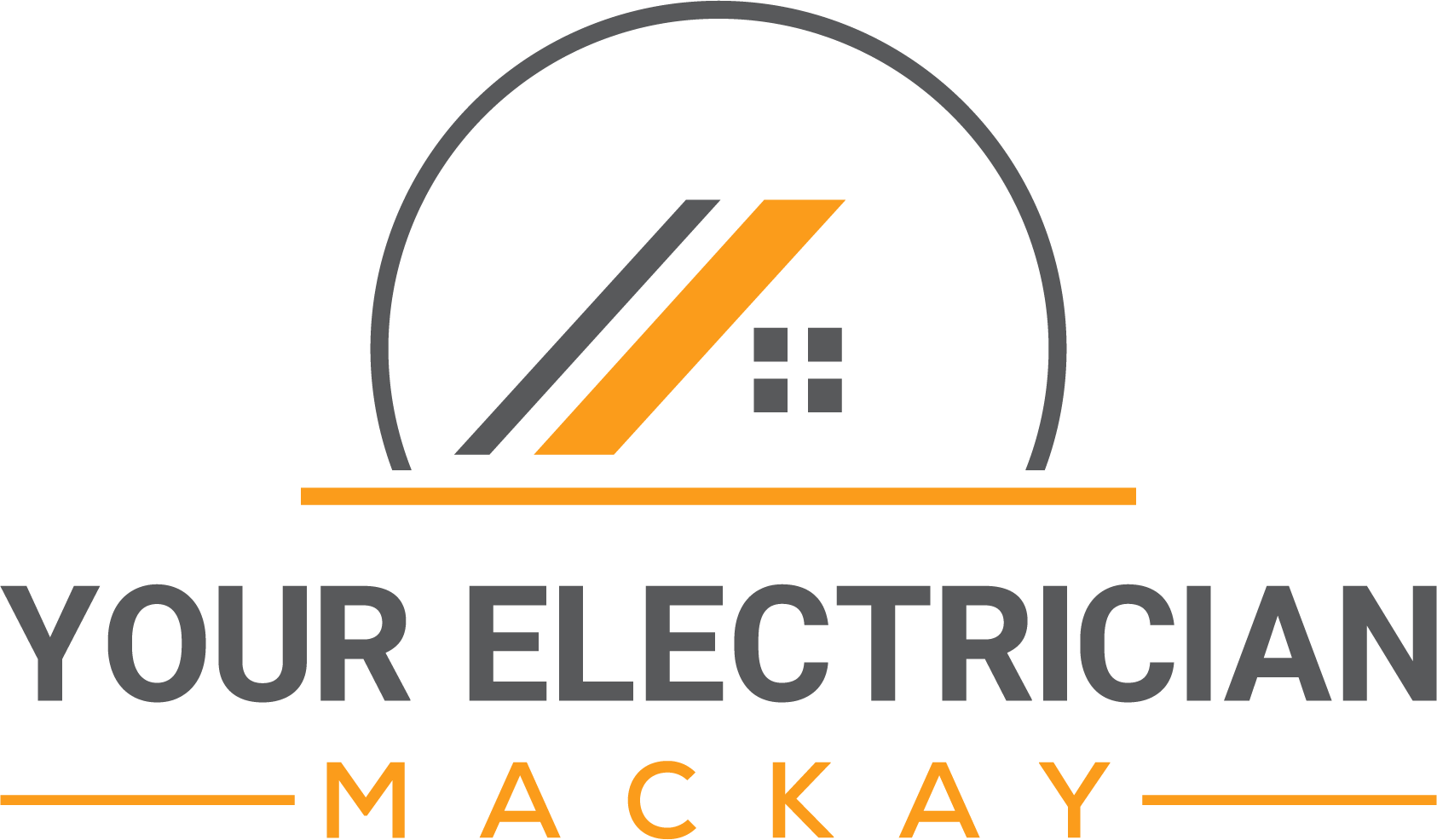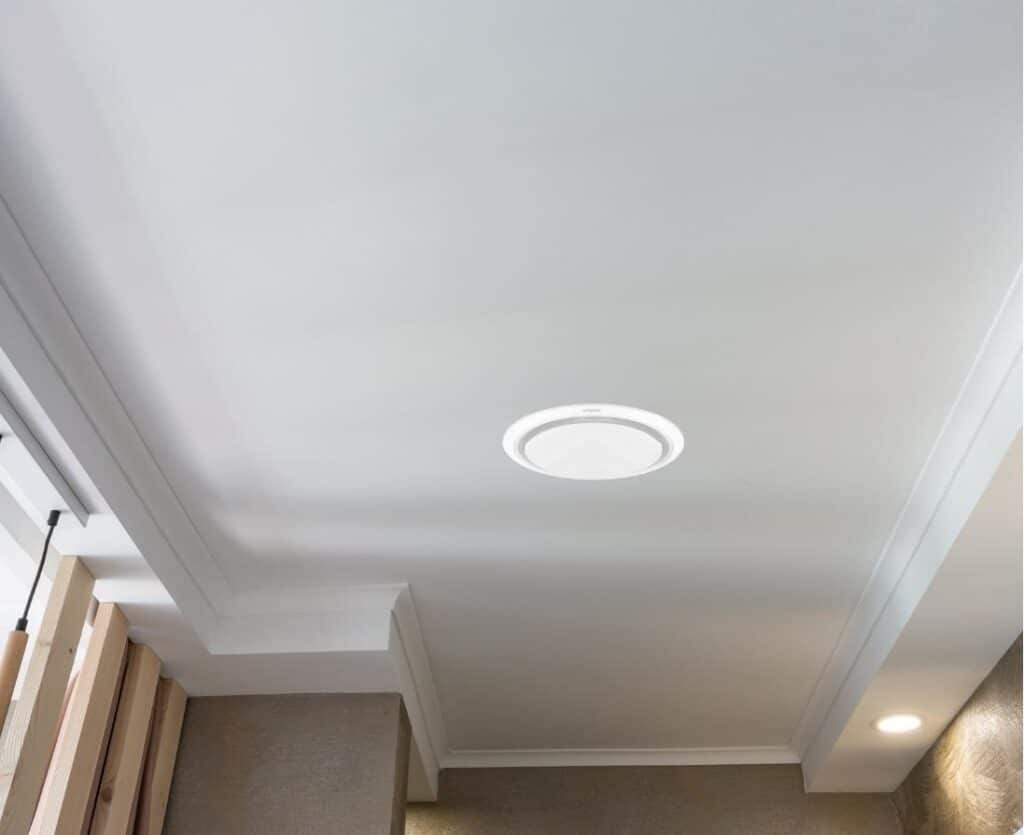A pendant light is a type of lighting fixture that hangs from the ceiling. It is typically suspended by a cord, chain, or metal rod. Pendant lights can provide a blend of style and practicality, particularly in spaces where ambient illumination is desired.
Incorporating knowledge of pendant lights into your electrical service considerations can significantly enhance your lighting aesthetics and functionality.
This blog will expand on pendant lighting, the biggest benefits of installing pendant lights, and how to choose the right one for your home.
What is Pendant Lighting?
Pendant lighting is a style of lighting that provides a focal point for illumination in a room. It offers both functionality and aesthetic appeal to an area. Pendant lights come in a variety of designs, sizes, and materials, allowing them to fit seamlessly into diverse interior styles.
They are frequently used in multiples, especially over kitchen islands, dining tables, or hallways, creating a harmonious visual effect. Their adaptability and range make pendant lighting a popular choice in the electrical industry for residential and commercial spaces.
In kitchen settings, pendant lights are not just decorative; they provide essential task lighting. This is particularly useful for detailed work such as food preparation near stoves.
Want to learn how long do stoves last? Read our blog for more details.

4 Biggest Benefits of Installing Pendant Lights
The 4 biggest benefits of installing pendant lights are versatile design options, enhanced task lighting, efficient use of space, and easy adjustment and customisation.
Versatile Design Options
Pendant lights offer a vast array of design choices, suitable for different decor styles and preferences. There’s a pendant light to match, whether you’re after a modern, industrial look or a more classic, vintage feel.
This versatility makes them ideal for various room settings, from kitchens to lounges, enabling a cohesive design flow throughout your home.
Enhanced Task Lighting
Pendant lights are particularly effective for providing focused, task-oriented lighting. They can be strategically placed above work areas, like kitchen islands or study desks, to offer direct illumination that aids in detailed tasks.
This targeted lighting is practical and helps reduce eye strain and increase productivity.
Efficient Use of Space
By their very nature, pendant lights are space savers. They are suspended from the ceiling and free up valuable surface area on tables and countertops. This aspect is especially beneficial in smaller rooms or areas where every square metre counts.
Their elevation also helps distribute light more evenly across a room compared to other fixtures.
Easy Adjustment and Customisation
One of the key benefits of pendant lights is their adjustability and ease of customisation. Many models allow you to modify the height at which they hang, ensuring the light is just where you need it.
Additionally, the ability to change shades or bulbs means you can easily update the look or intensity of the light without needing to replace the entire fixture.
Would you like to know how to clean bathroom exhaust fans? Check out our post here to find out.
How Do I Choose the Right Pendant Light for My Home?
You can choose the right pendant light for your home by considering both the functional and aesthetic aspects of the space where it will be installed.
Firstly, assess the size of the room and the ceiling height to ensure the pendant doesn’t overpower the space or hang too low. The design should complement the room’s existing decor; for instance, a sleek, minimalist pendant suits a modern setting, while a more ornate fixture might be ideal for a traditional interior.
Think about the light’s purpose: do you need it for focused task lighting, or is it primarily for ambient illumination? Also, consider the ease of installation and maintenance, as some designs might require more frequent cleaning or specific types of bulbs.
Lastly, don’t forget to factor in energy efficiency, opting for LED bulbs where possible for long-term savings.




